Food-Grade Nitrous Oxide
We supply nitrous oxide in various purities and concentrations through storage and transportation in canisters, bottles, tanks, and cylinders from DSW.
Food-grade nitrous oxide (N₂O) is a highly pure form that complies with stringent safety and quality standards for use in the food and beverage industry.
Features of Food-Grade Nitrous Oxide
- Purity: Typically ≥ 99.9% pure N₂O, free from toxic or industrial contaminants.
- Odourless and Tasteless: It does not alter the flavour of food.
- Non-flammable and Inert: Safe for use in food handling environments.
- Complies with Regulations: Meets food safety standards such as E942 in the EU and equivalents in other regions.
Nitrous Oxide Bottle and Contents
N2O in compressed-gas cylinders exists in liquid and gaseous forms. Liquid N2O from the factory typically fills to 95% capacity. Above this layer lies N₂O gas, and at 25°C (70°F), approximately 750 psig pressure is present within each E and G cylinder.
Specification
| Attribute | Details |
| Model | AL06 |
| Name | Food Grade Nitrous Oxide Cylinder |
| Material | Seamless Aluminium Alloy |
| Alloy Type | 6061 |
| Gas Type | N₂O GAS |
| Color | Silver |
| Water Capacity | 0.6L |
| Working Pressure | 150 bar |
| Test Pressure | 225 bar |
| Diameter | 60mm |
| Weight (without valve) | 0.66kg |
| Height (without valve) | 332mm |
| Inlet Thread | M18X1.5″ |
Aluminum Alloy Cylinder Specification
Main Uses
- Whipped Cream Dispensers
Food-grade N₂O is a propellant to aerate cream in whipped cream chargers and dispensers, creating an instantly light, fluffy texture. - Rapid Infusions in Molecular Gastronomy
Chefs use it to infuse flavours into alcohol, oils, or liquids within seconds—a technique popular in modern culinary arts. - Food Preservation and Packaging
In certain instances, it assists in displacing oxygen in packaging to preserve freshness.

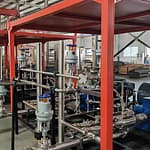


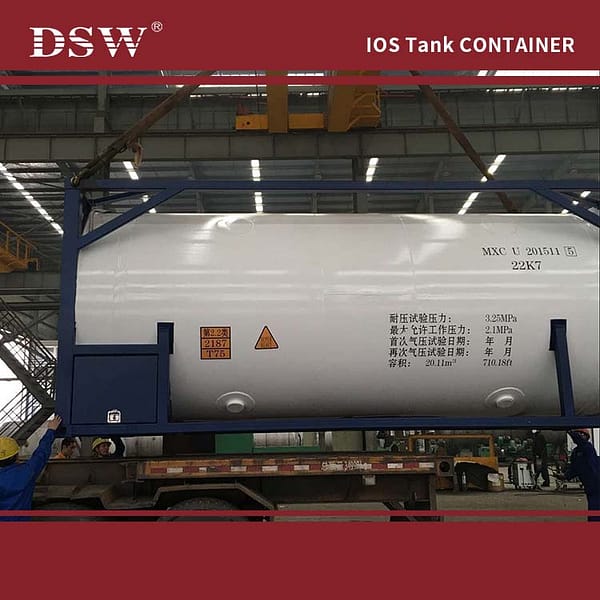
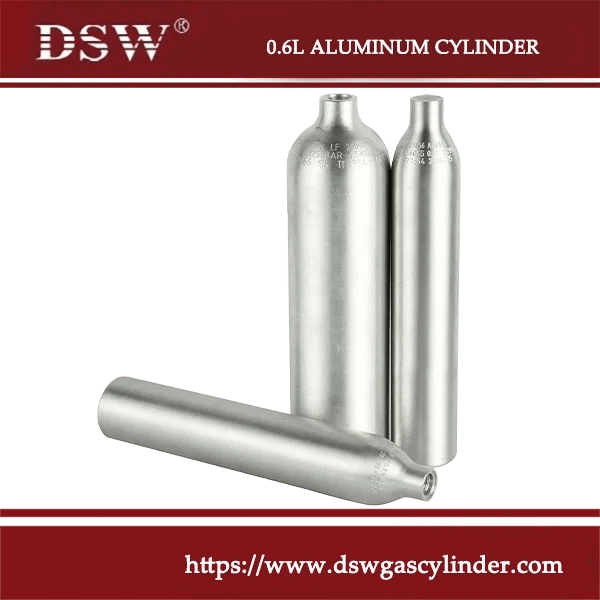

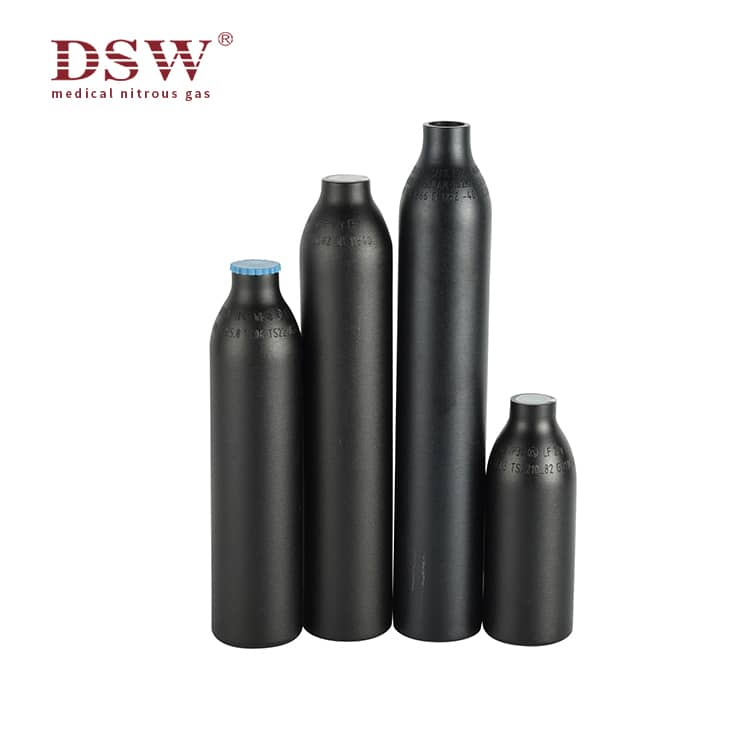


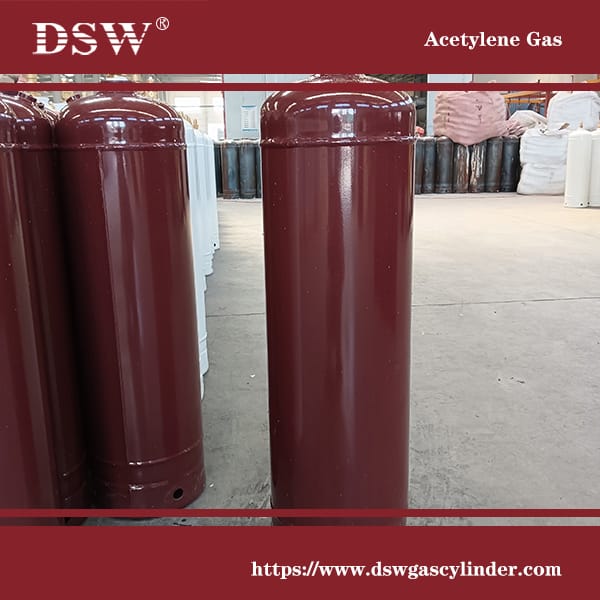



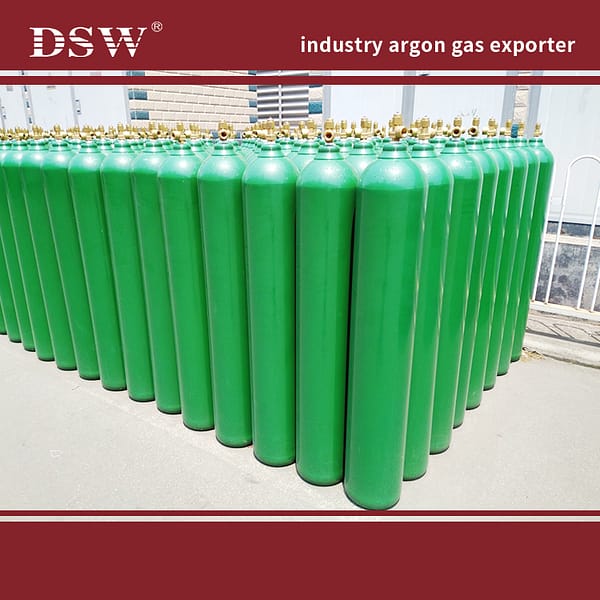
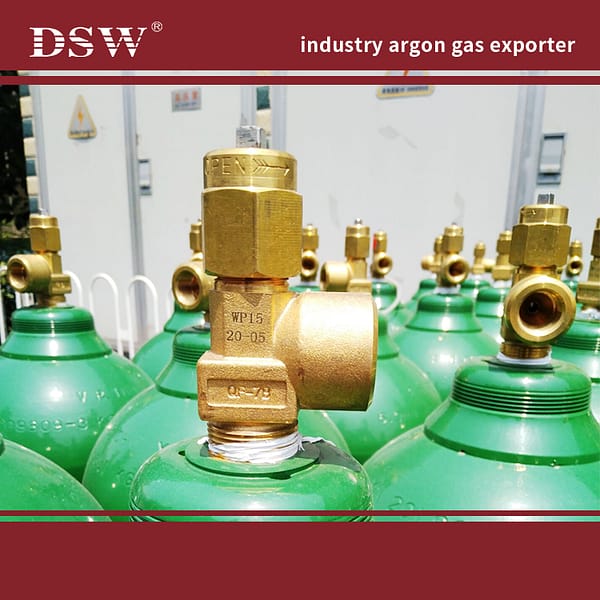
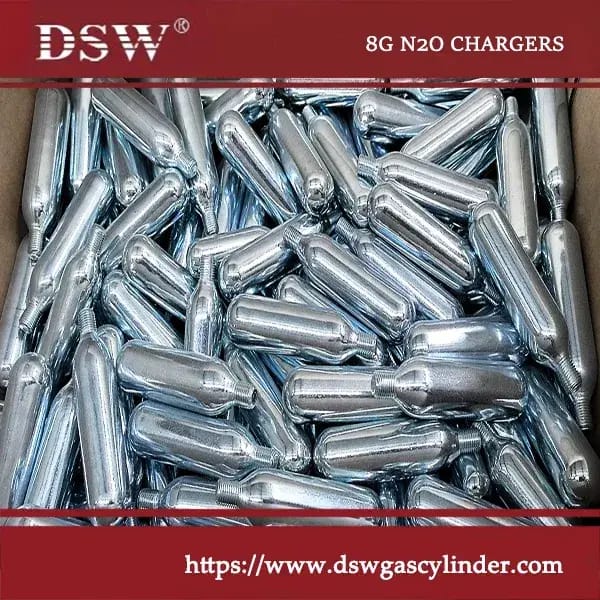
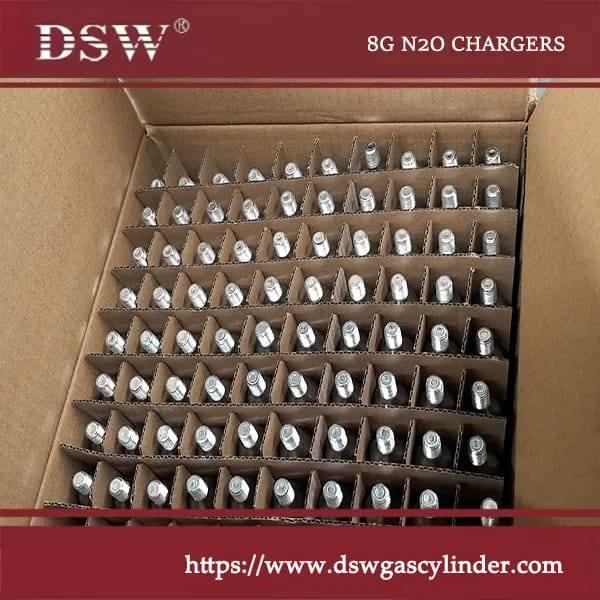


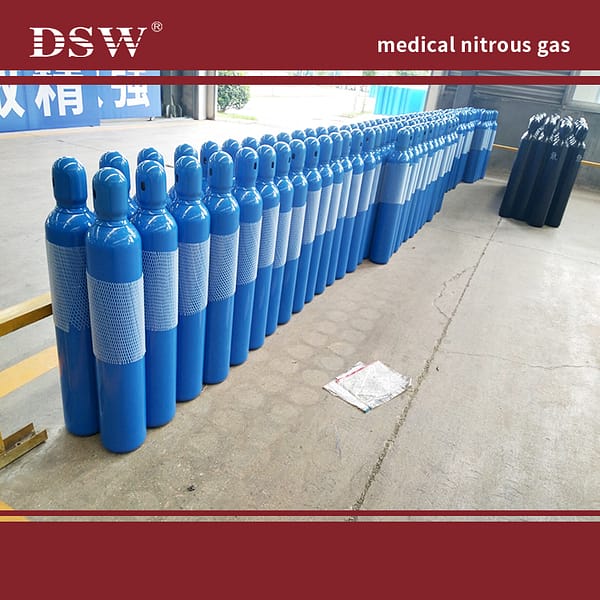


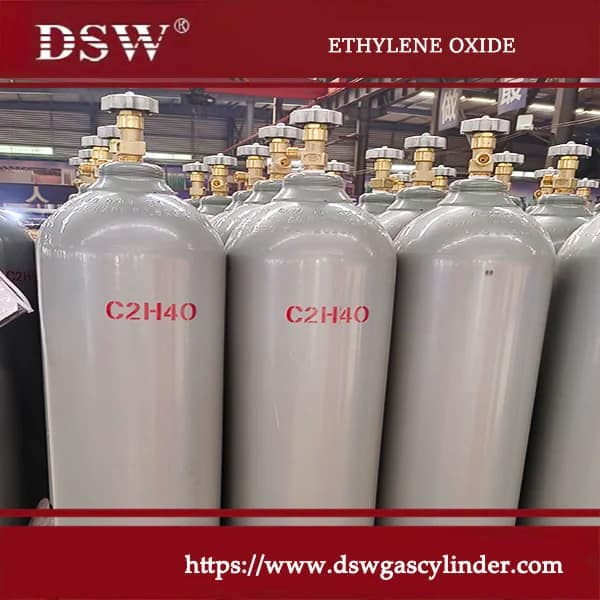
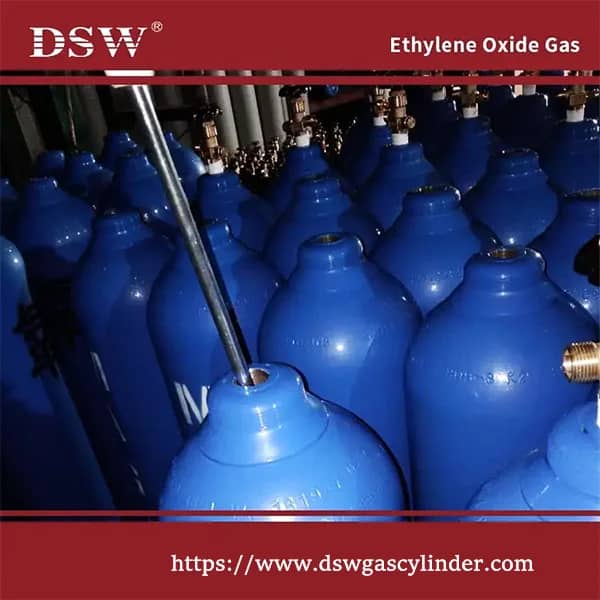
Reviews
There are no reviews yet.